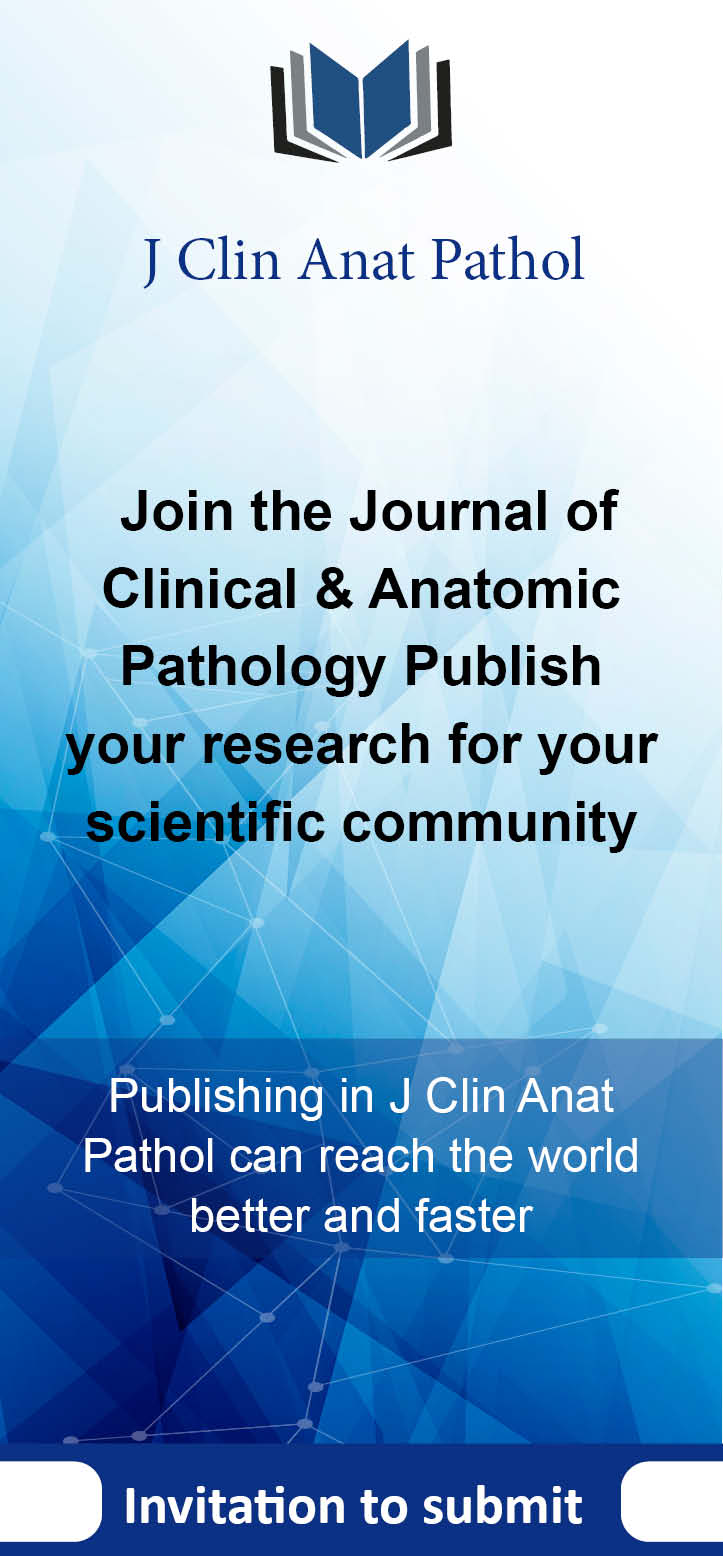The integration of clinical anatomy with advanced imaging technologies is essential for enhancing diagnostic precision, yet a comprehensive synthesis of current methodologies and their clinical applications remains lacking. This review addresses the growing need for standardized approaches to leverage structural data in pathology, particularly as imaging and artificial intelligence (AI) evolve rapidly. Bridging anatomical knowledge with technological advancements is critical to improving patient-specific diagnostics and treatment planning. This review highlights how 3D modeling and AI-driven analysis refine surgical navigation and tumor detection, while radiomics enables non-invasive prediction of genetic mutations in diseases like lung adenocarcinoma. We discuss the role of multimodal imaging in capturing complex anatomical-pathological relationships and the transformative potential of deep learning in automating segmentation and diagnosis. Key insights include the synergy between anatomical expertise and machine learning for early disease detection, as well as challenges in data standardization and model interpretability. Emerging tools, such as neural radiance fields and digital biobanks, are also examined for their capacity to unify imaging with multi-omics data. Future research must prioritize multicenter collaborations to validate AI models across diverse populations and imaging protocols. Innovations in real-time imaging analytics and explainable AI will be pivotal for clinical adoption. Ultimately, this integration promises to advance precision medicine, offering tailored therapeutic strategies grounded in robust anatomical and pathological insights.

